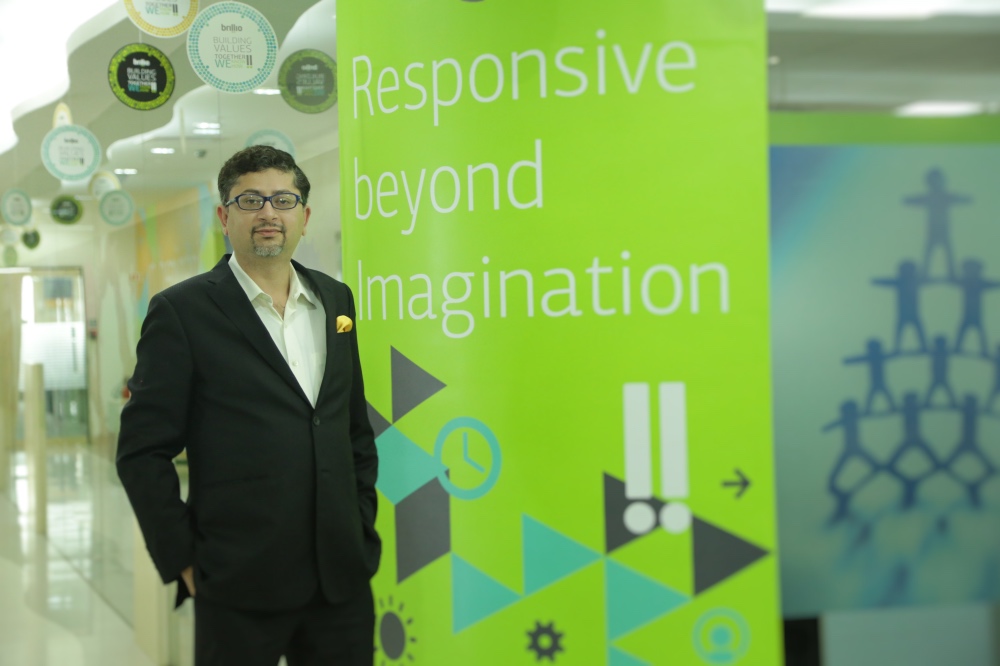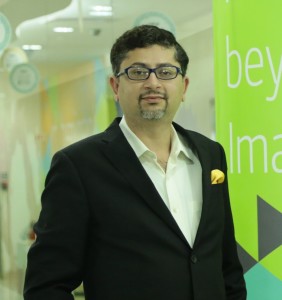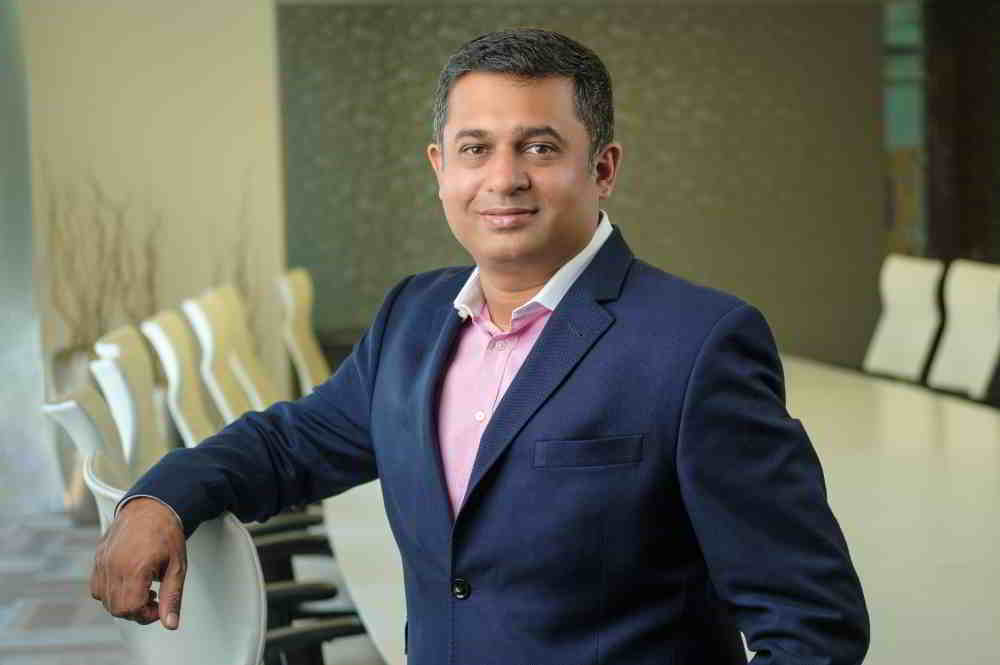In the age of digital, the old way of providing IT services and consulting no longer works. The incumbents must think about how they are going to help organizations in their digital transformation journeys and create simple, engaging and seamless experiences for customers. That leaves a space for new companies to come in and tap this opportunity. One such company is Brillio, a spin off from Collabera. Brillio’s CEO wants to add $500 mn in revenue by 2020 and this will come from new digital transformation and analytics projects.
Although 70% of Brillio’s revenues comes from the US, it is now turning its attention to India, and doing PoCs with Indian companies, including banks. It is redesigning a popular wallet to help the organization draw rich insights from transactional data. It is also working with some international banks in India to set up new experiences for HNIs. Brillio is helping some of the new payments banks, as well.
In an interview with Digital Creed, Puneet Gupta, CTO, Brillio talks about his strategy for digitally-enabling organizational architectures, and how he is helping organizations become more competitive through new technology platforms, solutions, and micro experiences for customers.
What is the genesis of Brillio and how do you distinguish yourself from the IT services and consulting companies? What is the space you play in?
There was a certain inspiration for setting up this company. There are many IT services companies servicing the large enterprises; there are consulting firms, niche design studios, and the cool startups. We felt that the industry is doing well in providing these companies the broad range of IT services like offshoring and automation.
But it is a different approach for digital transformation. A brick and mortar retailer is thinking about his future in the Amazon era, and how he needs to transform his company using digital. A bank is thinking about the competition it faces from startups and non-traditional companies, and trying to figure out its niche and its digital strategy.
These are strategic issues that require a very different way of thinking and execution, which the traditional IT services models are not able to deal with.
Companies are unsure how to take the first step and how to form the right digital foundation. We found that there is no single player or segment that focusses on this. So we decided to focus on building a solution and system integration firm that exclusively focuses on the newer technologies that are going to make digital real, and build a capability where we can hand-hold large enterprises right from envisioning what needs to be done to leveraging all the new technologies such as AI, mobility, IoT, social and user experience design.
Q. Which type of companies do you focus on?
We focus primarily on the large enterprises in the US, European and Indian markets. Our clients are in the Fortune 1000 space. We have a lot of clients in the Fortune 50 and Fortune 500 space. However, there are some high-growth, forward looking companies that are not included in the Fortune 200 space, and we partner with them.
Q. How exactly are you helping organizations become more competitive with your platforms and solutions?
When we reach out to a large enterprise, there are three or four lenses that we use. The first is called Brillio Imagine, which consists of an offering where we work with clients and help them identify what is the art of the possible. What does digital really mean to them and how can they look at digital from different dimensions? If a client figures out a way to change the way he can serve customers with self-service digital channels, then we help them imagine the range of different micro experiences that we can create with them. How does a brand engage with a customer while he/she is in the store, for instance? What are the areas where digital can make an impact?
Where we have realized that the client knows broadly what they want to do, we lead them with the Brillio Digital Experiences story. Here we help them create real digital experiences with scale. How do you leverage mobile, AI, IoT? How do you build the right digital experience to engage with the customer?
We have offerings in all these areas and we help organizations create new interfaces.
The third part of our story is called Brillio Digital Engineering. You cannot create digital experiences unless you have a solid foundation. That’s where we bring in phenomena like cloud, security, scalability and help define or modernize their architectures to be more digital ready.
The final part is our Big Data and Analytics story. Big data is a part of everything today, from a simple app to a complex supply chain system. There is a lot of data generated and we bring in our big data processing capabilities which leads to technologies like the Brillio Data Platform. And we use our analytics strength to make predictions that can help you manage your business.
Q. Digital payments has gained traction in India, with the government taking all measures to foster cashless payments. What is the opportunity for you here?
We have a layered strategy to pursue this opportunity. At the foundation, we are working with banks and large retailers to set up the foundation platform. That’s where wallets for organization-to-organization payment networks exist. There are wallets specific to banks and retailers so we are helping to build a platform foundation where these different wallets can interoperate.
The next part is in defining newer and seamless payment experiences. The standard experiences that we have today (like Internet and mobile banking) are very basic. You need to know the technical processes for transferring money to accounts, the account details etc. It is still complex and not natural. We are providing newer and innovative technologies where the payment transfer can be as simple as sending a payment to someone with his Twitter or email ID or phone number. We could create some AI-based interfaces where I could transfer money from my bank account to a friend during a chat. All the complexity for executing this is hidden away from the user and takes place behind the scenes. It makes payments so seamless and easy.
So we are operating at two ends of the spectrum. At one end we are creating cool experiences using watches, simple chat interfaces (universal interfaces) – and at the other end of the spectrum we are working with players to establish a network of networks so that proprietary payments, today’s technologies and wallets become interoperable.
—————————————————————————————————————————————————————————————-


 Puneet Gupta, CTO, Brillio has 20 years of research experience and high-level expertise in designing technology and innovation strategies. In his role at Brillio, Puneet drives and manages the companies’ technological capabilities and assesses the quality of emerging products for clients. His expertise spans across mobile computing, social technologies, wireless, IoT and converged digital networks, including cloud-based communication. He holds more than 60 patents (granted and published) in mobile, social technologies and user-experiences.
Puneet Gupta, CTO, Brillio has 20 years of research experience and high-level expertise in designing technology and innovation strategies. In his role at Brillio, Puneet drives and manages the companies’ technological capabilities and assesses the quality of emerging products for clients. His expertise spans across mobile computing, social technologies, wireless, IoT and converged digital networks, including cloud-based communication. He holds more than 60 patents (granted and published) in mobile, social technologies and user-experiences.






